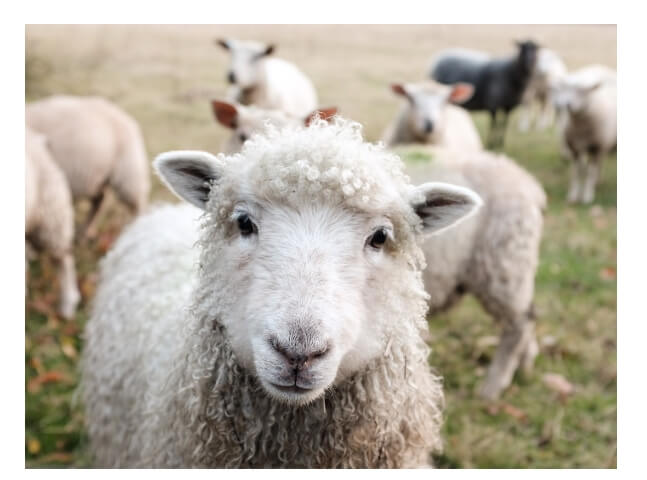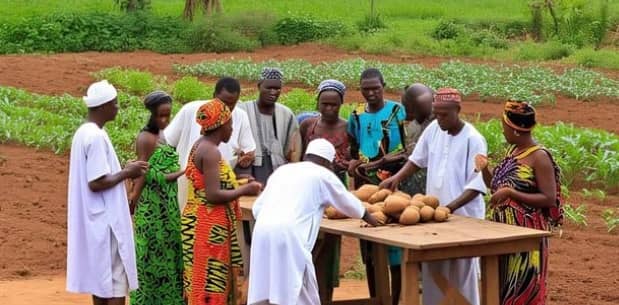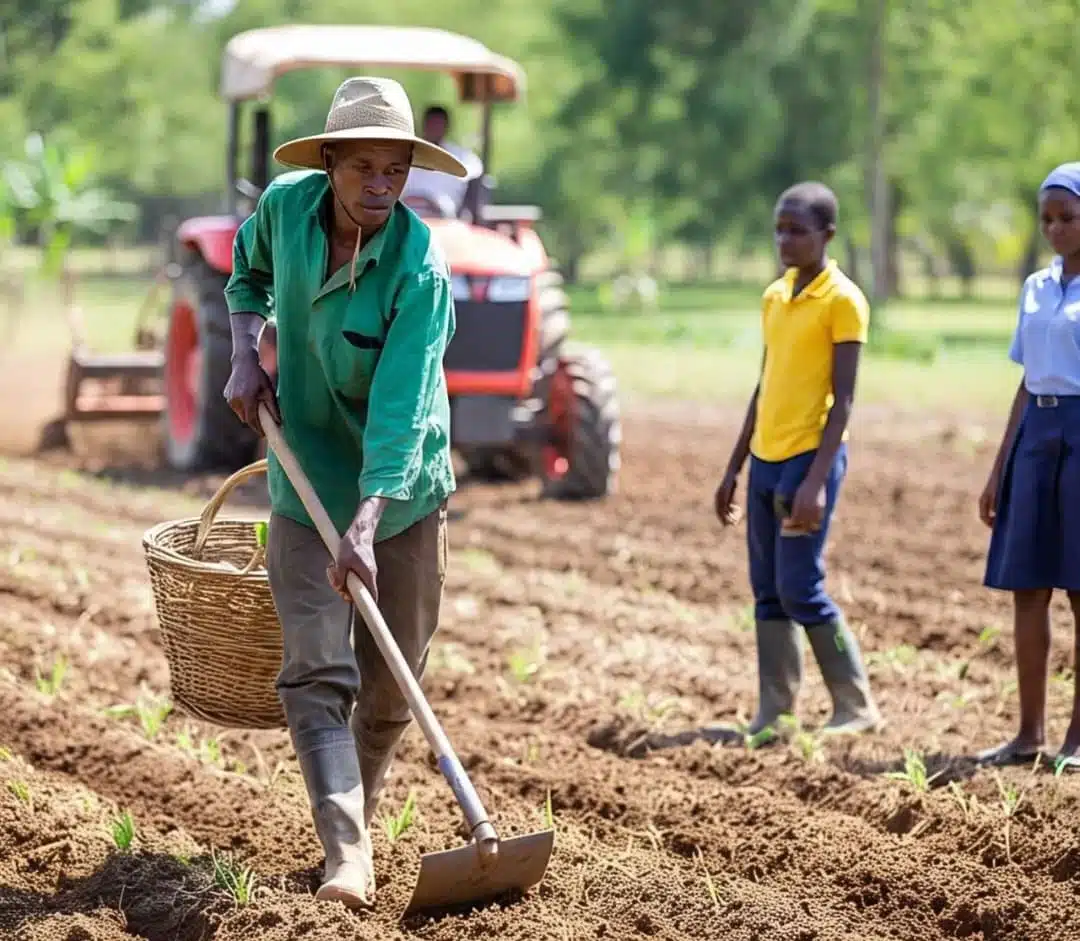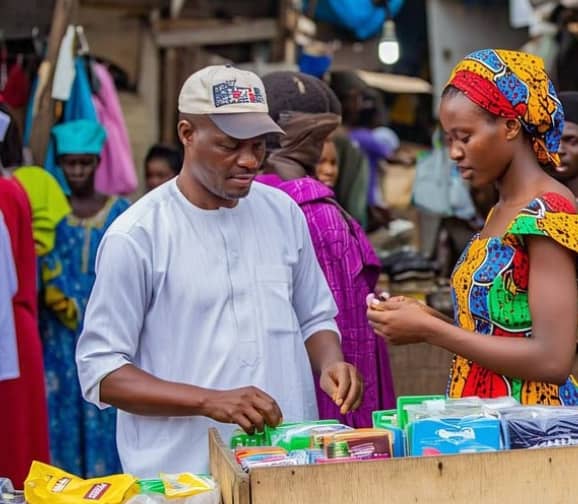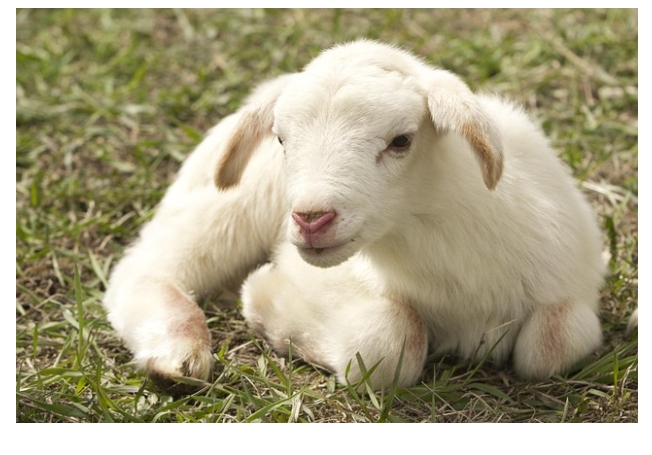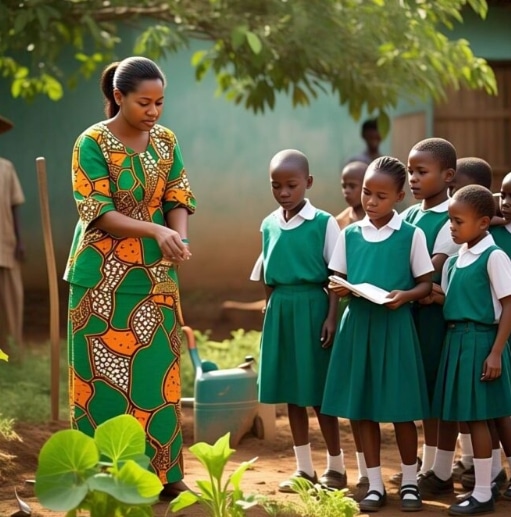Table of Contents
TogglePrimary 1 Vocational Aptitude Third Term Lesson Notes – Week 1: Trade and Trading
Subject: Vocational Aptitude
Class: Primary 1
Term: Third Term
Week: 1
Age: 6-7 years
Topic: Trade and Trading
Behavioral Objectives
By the end of this lesson, students will:
-
Define “trade” and “trading” with clarity and confidence.
-
Identify and describe the goods and services exchanged in trade.
-
Recognize the systems that drive trade within their community, linking it to real-world activities.
-
Understand the power dynamics behind the act of trading, from bartering to modern transactions.
-
Engage critically with the idea that trade is not just an economic activity but a foundational aspect of human interaction and survival.
Key Terms and Definitions
-
Trade: The act of buying, selling, or exchanging goods and services, driven by needs and wants.
-
Trading: The process of participating in trade—whether it’s buying, selling, or swapping goods and services.
-
Goods: Tangible items that can be touched, bought, or sold (e.g., food, clothes, toys).
-
Services: Intangible actions or tasks done for someone, such as teaching, cutting hair, or fixing a car.
Set Induction (Engaging Students)
Teacher’s Introduction:
“Imagine you’re in a market. You see a woman selling oranges, and a man selling clothes. Now, think—what’s happening between them? They are exchanging goods. But is it just the exchange of things, or is there something more? Think about how we, even as children, might trade our toys for snacks or help someone for a favor. This is trade. But what does it truly mean to trade? Today, we’re going to dig deeper.”
Classroom Interaction:
Pupil: “But teacher, I don’t have a shop. How can I trade?”
Teacher: “Great question. You don’t need a shop to trade. It’s all about what you exchange. You can trade anything, from toys to services, or even your time to help someone. So, let’s break down how this happens.”
Entry Behavior (Connecting to Prior Knowledge)
Ask the pupils:
“Has anyone here traded something before? Maybe you swapped your toy for a friend’s snack, or traded a pencil for something else?”
-
“When you traded your toy, did you get something you wanted or needed in return? How did that make you feel?”
-
Teacher Insight: Here, you want to begin to show that trade is not a mere exchange but a calculated move to gain value.
Learning Resources & Instructional Materials
-
Visuals: Pictures of local markets, bartering exchanges, and people trading in various forms (from digital trade to street vendors).
-
Physical Items: Real-world examples of goods (e.g., fruits, books, toys) and services (e.g., flashcards showing occupations).
-
Flashcards: With terms like “trade,” “goods,” “services” to reinforce definitions.
Building Background Knowledge
Trade is everywhere. You see it every day, but we often overlook its importance. Ask the students to think about the last time they bought something or traded with someone. Make them realize that trade is more than just buying and selling—it’s a fundamental way people interact, build relationships, and exchange value. Connect it to community dynamics, showing how people depend on each other for goods and services.
Embedded Core Skills
-
Critical Thinking: Teach them to question and analyze why trade happens, and why people choose to trade specific goods or services.
-
Communication: Encourage students to express their thoughts clearly and confidently as they discuss real-life examples of trade.
-
Negotiation Skills: While role-playing trade scenarios, students will learn the dynamics of negotiation—what people need versus what they are willing to give.
Main Content
1. What is Trade?
Trade is the exchange of goods and services. We engage in trade to get something we need or want.
-
Example of Trade: If you want a new toy but don’t have enough money, you might trade a book or snack with someone who has the toy.
-
Teacher’s Question: “What are some things you have seen traded in your neighborhood? How does it work?”
2. Types of Trade
-
Goods Trade: This is the exchange of physical items—things that you can touch and hold. Examples include food, clothes, and toys.
-
Service Trade: This is when someone offers a task or service in exchange for something else, like a tailor making clothes or a teacher giving lessons.
3. The Dynamics of Trade in the Community
In every community, people trade to meet their needs. Let’s look at how trade works in different situations:
-
Local Market: People trade goods like food and clothing.
-
Bartering: You may have seen bartering, where people exchange one thing for another, like a farmer exchanging a basket of eggs for a jug of milk.
Teacher Insight: “Trade is often more than just about getting goods. It’s about creating value and relationships. Think about the trust needed when you exchange something—there’s always an underlying agreement, even if it’s unspoken.”
4. Why is Trade Important?
-
For Survival: We trade to meet our needs—whether it’s food, shelter, or clothing. Without trade, people would be limited to what they can produce or gather on their own.
-
For Growth: Trade allows communities to grow economically by bringing in goods that are not locally available.
-
For Cooperation: People work together through trade to share resources and improve their lives.
Classroom FAQ Discussion
-
What is trade?
Trade is the act of buying, selling, or exchanging things, like toys, food, or services. -
What do we mean by goods?
Goods are things that we can touch, hold, and use, like clothes or food. -
Can you trade without money?
Yes, you can trade things, like swapping a toy for a snack, or even offering your time to help someone. -
What are services?
Services are things people do for you, like cutting your hair, teaching, or fixing a broken toy. -
Why do we need trade?
We need trade to get what we can’t make or find ourselves. It helps us share what we have with others and get what we need in return.
Part A: 15 Fill-in-the-Blank Objective Questions
-
Trade is the act of buying, selling, or ___________ goods and services.
a) eating
b) exchanging
c) sleeping -
Goods are ___________ things that you can touch and hold.
a) invisible
b) physical
c) digital -
A person who cuts hair is providing a ___________.
a) good
b) service
c) food -
Trade helps the ___________ grow by providing jobs and products.
a) school
b) community
c) family -
In trade, we can exchange ___________ or services.
a) toys
b) paper
c) goods
(Continue with 10 more questions reinforcing the concepts of trade, goods, services, and community)
Part B: 10 Evaluation Theory Questions
-
What is trade? Give two examples of things that people trade.
-
Explain the difference between goods and services.
-
Why is trade important in the community?
-
Can you think of an example of someone who provides a service? What do they do?
-
How do markets help people in our community?
Assessment
-
Creative Drawings: Have the students draw pictures of goods and services being traded. One drawing could show a market scene, and another could show a service being provided.
-
Role-play: Set up a mini-market in the classroom, where students trade goods and services with each other. Emphasize the negotiation and value exchange.
-
Oral Review: Ask the students to describe the most interesting trade they’ve witnessed in real life.
Conclusion
Wrap up by reinforcing the idea that trade is not just a way to get things—it’s a system that connects us all. Trade is what allows people to share resources, build trust, and grow together.
End with a final thought: “Every time you buy something or help someone, you are engaging in trade. The world, and even your small community, runs on these exchanges. And just like you, everyone else is trading for what they need to thrive!”
This lesson isn’t just about understanding trade—it’s about recognizing how it shapes the world around them and understanding the deeper systems at play. You are not teaching them just to follow the flow; you are teaching them to recognize and navigate the systems that govern everything.
Related posts:
- Retail vs. Wholesale: A Powerful Introduction to Trade for Primary 1
- Meaning of Farming and Examples of Farm Work
- Agriculture for Kids: The Meaning, Types, and Why It Matters More Than Ever”
- From Farm to Plate: Teaching Kids About Agricultural Produce in Primary 1
- Primary 1 Vocational Aptitude Third Term Exam Questions | Weeks 2–11 Summary
